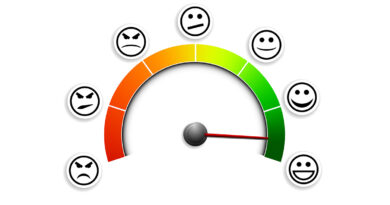As COVID-19 Continues, More Servicers Are Tapping Workflow Automation
Clarifire, a provider of workflow automation, announced that Gateway Mortgage, a division of Gateway First Bank, has selected CLARIFIRE® as its loss mitigation platform. Gateway, which has a servicing portfolio of more than $16.7 billion, plans to leverage CLARIFIRE’s automation capabilities and versatility to reduce its manual processes and increase the efficiency of its servicing operations.
To help Gateway address current spikes in mortgage forbearance requests and the upcoming loss mitigation demands due to the COVID-19 pandemic, the CLARIFIRE application was chosen to add not only volume and velocity intake automation but mitigate risks, improve responsiveness and be nimble in the coming months and years.
“This is a very difficult time for many of our customers, and we want to be proactive in providing solutions to help them as they work to get back on solid financial ground,” said Scott Gesell, CEO of Gateway.
“We are delighted to partner with Gateway and work together to enhance its loss mitigation operations during this challenging time,” Clarifire CEO Jane Mason said. “As the COVID-19 pandemic continues, more mortgage servicers are thinking outside the box when it comes to their technology. We look forward to helping Gateway leverage the CLARIFIRE platform to give their customers an effective, proven, self-service option to request assistance and manage their current and future loss mitigation demands.”
A SaaS-based, intuitive workflow application, CLARIFIRE uses intelligent business rules to automate complex processes and distribute critical information and documents to users quickly, allowing them to respond faster to borrower needs. CLARIFIRE also enables investors, agencies, servicers, banks, borrowers, attorneys, and others to collaborate through a single, secure application. The platform’s current, proven workout underwriting engine is helping organizations complete comprehensive and current GSE and government workouts during the COVID-19 crisis and can be easily integrated with a servicer’s existing technologies now.

The Place for Lending Visionaries and Thought Leaders. We take you beyond the latest news and trends to help you grow your lending business.



